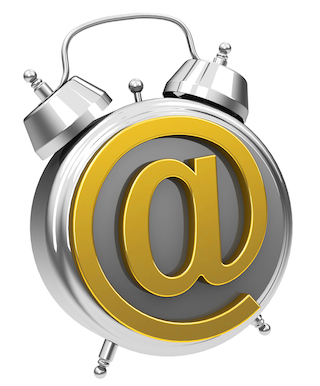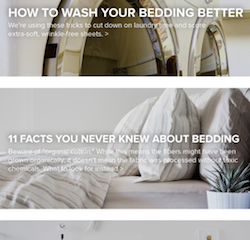Salesforce State of Marketing Report
Salesforce published their State of Marketing report last week. The report was compiled after receiving 5,000 responses to their questionnaire. Reading the report it is clear, email is critical to businesses. 73% of marketers believe email marketing is core to their business, 71% felt mobile marketing was core, and 66% of social media marketing was core to their business.
Other interesting figures are, 47% reported that the click-through rate as the most important email marketing metric and 23% didn’t know what device emails are read on.
Comparing the 2015 responses to the 2014 survey, email as a primary revenue source increased from 16% to 20%, email as a critical enabler of products and services increased from 42% to 60%, and email as an indirect impact of business performance decreased from 42% to 20%.
It is clear that email as a marketing tool will see increase usage in 2015. The report isn’t just reporting responses, it has several good recommendations such as doing a spring-cleaning of your email list and suggests sending a re-engagement campaign that invites subscribers to update their preference. This would give users the ability to opt-out as they may only have been interested in holiday deals and making it easy to opt-out will help prevent users from reporting the email as spam.
Email newsletters are most often used but may not be the most effective. Consider using mobile opt-in emails, abandoned cart emails, anniversary emails, and browse re-targeting emails.
The report does a great job at compiling the information in an easy to digest layout and even breaks out the responses by country and then by business types. Download a copy of the report at Salesforce.com.

